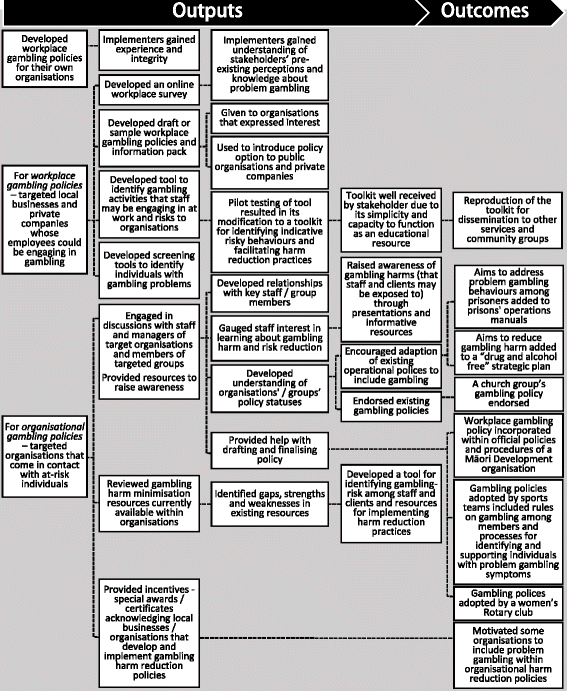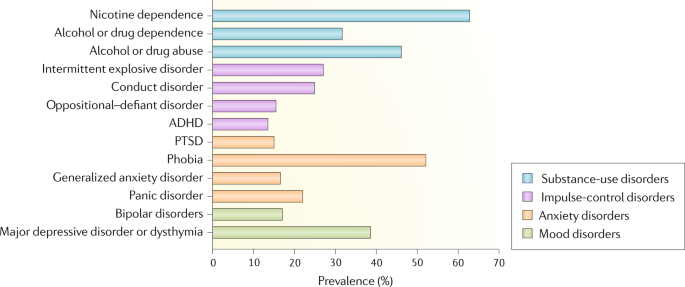Gambling has quickly emerged as an important global public health issue. With new technologies used to develop high intensity gambling products and promotions aimed at driving consumption, public health organisations and researchers, community groups, and politicians have argued for a range of regulatory and education measures aimed at reducing gambling harm. Cultural harm is often connected with relationship harm because of the strong links between family and culture. Cultural harm can include the personal conflict of gambling when it is against cultural beliefs, reduced ability to participate in cultural practices or meet community expectations, and reduced connection to the cultural community.
As a corporate society licensed to conduct class 4 gambling, NZCT is fully aware of its obligations under the Gambling Act 2003 to prevent and minimise the harm caused by gambling, including problem gambling. NZCT takes these obligations very seriously. We train all our venue staff in harm prevention and minimisation.
> Harm prevention and minimisation training for venue staff

> Download our Problem Gambling factsheet for 2020 (PDF, 54 kb)
Harm Minimisation Strategies Gambling Strategies

The pub gaming industry

Harm Reduction Strategies For Gambling

The Department of Internal Affairs is responsible for monitoring the class 4 gambling industry to ensure it adheres to relevant rules, regulations and legislative requirements. The penalties for non-compliance include fines, suspensions, loss of operating licence and potential criminal charges.

The class 4 gambling industry has come under intense scrutiny in recent years. As a consequence, the Gambling Act was amended in 2013 and 2015 to provide further controls, increase transparency and allow greater efficiency.
Strictly controlled environments
A complex range of regulatory requirements are in place to support Parliament's objective to prevent and minimise the harm that can be caused by excessive use of pokie machines. Harm prevention and minimisation measures that gaming societies, their venue managers and venue staff are required to meet include:
- limiting stakes and prize money
- displaying odds of winning
- restricting gaming rooms to people over the age of 18 years
- interrupting play every 30 minutes with an update on how long the player has been at the machine, how much money they’ve spent and their net wins and losses
- not accepting $50 and $100 notes
- not allowing ATMs in gambling areas
- prohibiting pokie advertising
- electronic monitoring of every gaming machine’s takings
- prohibiting syndicated play.
All venues must:
- have staff trained in gambling harm prevention and minimisation on duty at all times gaming machines are operating
- have a gambling harm prevention and minimisation policy in place
- display pamphlets and signs directing gamblers to help services
- have staff who understand how to issue and enforce exclusion orders
- have staff who can help problem gamblers if they have an ongoing concern about them.
What we do to prevent harm
NZCT takes harm prevention and minimisation very seriously. To prevent and reduce the harm caused by excessive gambling, NZCT:
- pays a problem gambling levy to the Ministry of Health of around $1 million a year - these funds contribute towards the ministry's Preventing and Minimising Gambling Harm Strategic Plan, which includes public health services (for example, the Health Promotion Agency advertising campaigns), intervention services, research, evaluation and workforce development
- gives all our gaming venues a harm minimisation pack that includes our harm prevention and minimisation policy and manual, exclusion orders, a pad of gambling host responsibility record sheets, and other reources
- trains all gaming venue staff (around 500 every year) to recognise and help problem gamblers
- employs technology to support its harm prevention and minimisation strategy, for example, online training of venue staff and facial recognition in some venues.